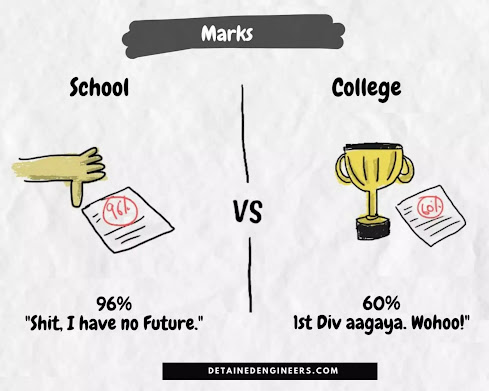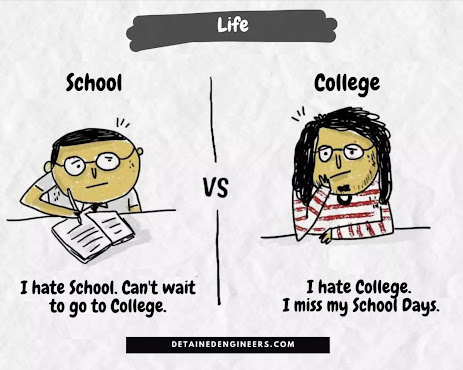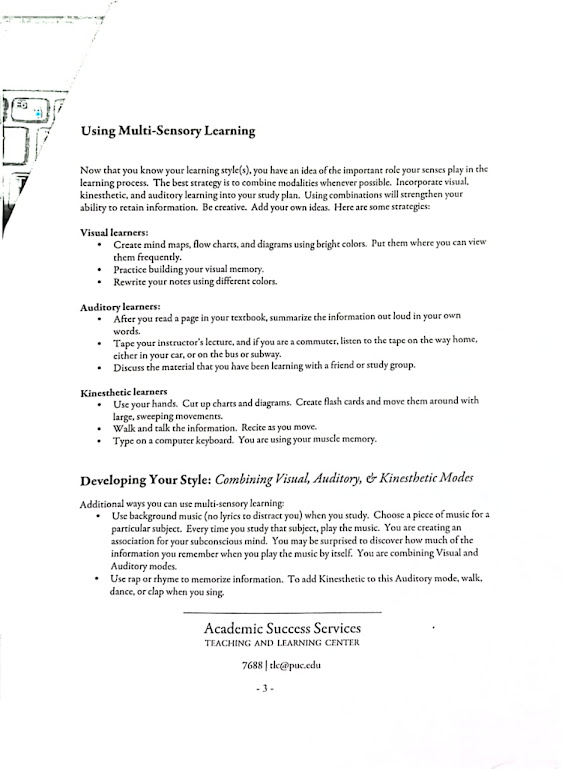UED 102 STUDY SKILL E-PORTFOLIO
UITM CAWANGAN PAHANG
KAMPUS JENGKA
NAME : NUR FATIHAH BINTI ABDULLAH
STUDENT ID : 2024802488
CLASS : SR1131D
LECTURER NAME : DR. SITI ZALIFAH BINTI MAHMUD
WHAT IS UED 102 ?
UED102 is also known as Study Skills.This course prepares students with learning skills essential for varsity life.For example, each student will be revealed about study skills such as learning style,
goal setting,time management,memory and learning strategies and how to take lecture notes.
1.4 ACTIVITY
MODULE 2 : GOAL SETTING
2.1 SETTING GOALS FOR THE NEW SEMESTER
2.2 WRITING EFFECTIVE GOAL STATEMENT
2.3 ACTIVITY E-PORTFOLIO
MODULE 3 : TIME MANAGEMENT
ACTIVITY
ACTIVITY 1
ACTIVITY 3
MODULE 4 : GETTING TO KNOW THE CAMPUS
LOCATION MAP OF UITM CAWANGAN PAHANG
UITM CAWANGAN PAHANG CAMPUS JENGKA
KOLEJ TOK GAJAH
MEDAN SELERA KOLEJ TOK GAJAH
ACTIVITY
MODULE 5 : MEMORY, IMPROVING
CONCENTRATION & READING SYSTEM
5.1 UNDERSTANDING MEMORY PROCESS
According to Kenneth Higbee,
“remembering is hard work,
and memory techniques do
not necessarily make it easy,
they just make it more
effective”
(Van Blerkom, 2009, p. 93).
5.2 MEMORY STRATEGIES
Memory strategies, why it is important?
• Memory strategies will help students in their encoding, storing, and retrieving the
information (helps to remember and recall).
5.3 READING / STUDY SYSTEM (SQ3R)
Reading academic materials are different from general reading tasks
(story books, newspaper). Using a study system can help in
comprehending reading academic materials due to three factors:
i.active learning strategies
ii. use of multisensory methods (eyes, ears, mouth, hands – refer to
the learning pyramid)
iii. immediate steps for self-testing and review
SQ3R: SURVEY-QUESTION-READ-RECITE-REVIEW
• Survey: Students review the text to gain initial meaning from the title, subtitle, chapter
introduction or lead-in, boldfaced headings, graphs, charts, pictures, the final paragraph
or summary and end-of-chapter material (study / discussion questions, vocabulary list).
• Question: Students try to form questions based on the preview (survey).
• Read: As students read, they need to look for answers to the questions they formed
during their preview of the text. These questions, based on the structure of the text, help
focus students' reading.
• Recite: after each section, pause. Students will attempt to answer questions formed
earlier. If students could not answer, then look back and find the answer in the section.
Students should recite and rehearse the answers to their questions. Summarize the
information. As students move through the text they should recite or rehearse the
answers to their questions and make notes about their answer for later studying.
• Review: After you have finished reading the whole reading assignment, refer back to
each heading. Recall your questions and try to answer the them. If you cannot recall, go
back and find the answer. This part is to test yourself.
ACTIVITY
ACTIVITY 1
ACTIVITY 2
Ask students to close their eyes and lecturer write down on the whiteboard
15-20 random numbers. Once finish ask students to look at the numbers for
5 seconds, then lecturer erase the numbers and ask them to write down on
the paper as much that students can recall). Usually students will get
approximately 7 – 12 numbers randomly. This indicate the limited capacity
of STM (the capacity of STM is 5 – 9 items (Miller, 1956).
"CLOSE YOUR EYES"
ACTIVITY 3
Count backwards in your mind from twenty to one.
Once you have mastered this, move on to counting
backwards from twenty to one but this time skipping
three numbers
ACTIVITY 4
MODULE 6 : TAKING LECTURE NOTES
6.1 TAKING LECTURE NOTES
WHY TAKE LECTURE NOTES?
• Promotes active listening
• Provides an accurate record of information
• Helps you organize the information
• Provides additional repetition
WHAT TO INCLUDE IN YOUR NOTES
• Headings
• Details– Facts– Explanations– Definitions– Enumerations– Examples
• Anything repeated or
spelled out
Copyright © Cengage Learning. All rights reserved.
• Anything on:– The chalkboard– A PowerPoint slide– A transparency
• Drawings, charts, or
problems written on
the board
• Conclusional
statements
6.2 EFFECTIVE NOTE-TAKING
SYSTEMS
The 5 Types of Note-Taking Methods You Need To
Learn
1)Cornell Method
2)Outline Method
3)Mapping Method
4)Charting Method
5)Boxing Method
Copyright © Cengage Learning. All rights reserved.
Documenting Sources: Using APA Format
Why Use APA Format?
• Allows readers to
cross-reference your
sources easily
• Provides consistent
format within a
discipline
• Gives you credibility
as a writer
• Protects yourself from
plagiarism
APA Style: Two Main Concerns
1) Reference Page
Most citations should
contain the following
basic information:
• Author’s name
• Title of work
• Publication
information
Parenthetical
Citations
When Should You Use Parenthetical
Citations?
• When summarizing facts and ideas
from a source– Summarizing means to take ideas from
a large passage of another source and
condense them, using your own words
• When paraphrasing a source– Paraphrasing means to use the ideas
from another source but change the
phrasing into your own words
Handling Quotes in Your Text
• Author’s last name, publication year, and
page number(s) of quote must appear in the
text
Caruth (1996) states that a traumatic
response frequently entails a “delayed,
uncontrolled repetitive appearance of
hallucinations and other intrusive
phenomena” (p.11).
A traumatic response frequently entails a
“delayed, uncontrolled repetitive
appearance of hallucinations and other
intrusive phenomena” (Caruth, 1996,
p.11).
Copyright © Cengage Learning. All rights reserved.
5
ACTIVITY
ACTIVITY 1
ACTIVITY 2
MODULE 7 : ACADEMY INTERGRITY & PERFORMANCE
7.1 AVOIDING PLAGIARISM
Plagiarism: An act of using
or closely imitating the
language and thoughts of
another author without
authorization and the
representation of that
author’s work as one’s own,
as by not crediting the
original author
TYPES OF PLAGIARISM
- Copying words or ideas from
someone else without giving credit
-Turning in someone else’s work as
your own
-Failing to put a quotation in
quotation marks
-Giving incorrect information about
the source of a quotation
-Changing words but copying the
sentence structure of a source without
giving credit
-Copying so many words or ideas from a
source
CALCULATING GRADE POINT AVERAGE
MY TARGET GPA IN SEMESTER 1
ACTIVITY
ACTIVITY 1
PARAPHRASING EXERCISES
ACTIVITY 2
2. Calculate what would
have happened if Amelia
had earned a in Chemistry.
Amelia will get GPA higher than 2.75 .
3. What is the difference in
GPA?
The difference in GPA is divide the total credits that we get from our semester that is grade points average to help us to get more through the subject.
4. Now calculate Amelia GPA for
the next semester.
5. What would happen if Amelia
had received a D in Cell Bio instead of the B+ ?
Amelia will get 1.00 in course point average and her gpa will be 2.27.
6. What is the difference in GPA?
Amelia will be lower than before if she get D in Cell Biology.
7. What is the difference in
CGPA?
Amelia CGPA is good but obatain pass only.
8. What does Amelia have to do
in order to achieve a GPA of 3.00 in the 2nd semester if
her CGPA falls below 2.50 in
the 1st semester.
She need atleast score B in all subject so that she can get 3.00 CGPA in her next semester.
THAT'S ALL FROM ME ! THANK YOU !












.png)
.png)

.jpg)
.jpg)

.jpeg)

.jpeg)

.png)





.pdf.png)
%20(1).pdf.png)
.pdf.png)






%20Types%20of%20resources.png)


.png)
.png)


.png)
.png)











Ulasan
Catat Ulasan